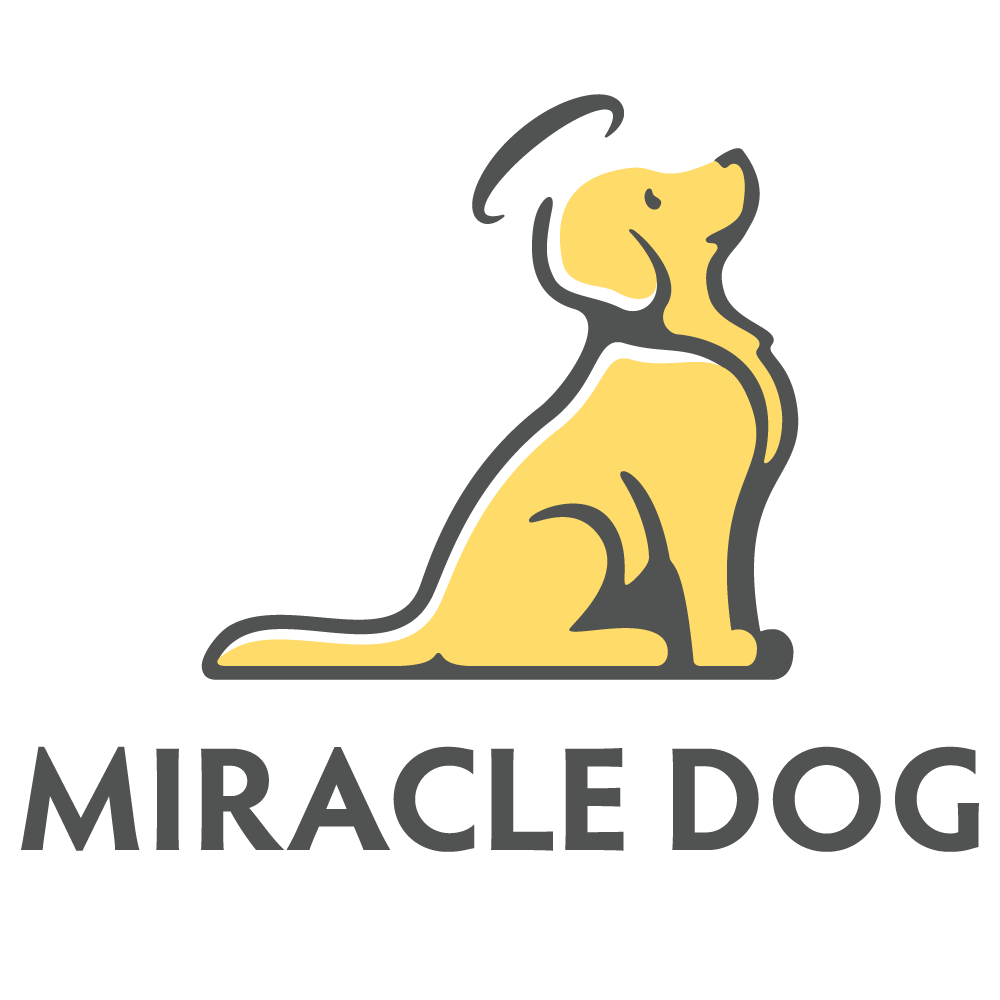Just Do It
By Kristian Hammermueller
We‘ve all heard it before - Laozi’s famous proverb proclaiming a journey of a thousand miles beginning with a single step. All long-term goal orientation brings us face to face with this concept in one way or another. However, whether preparing for a marathon, earning a degree, losing weight, learning a new language etc., endeavoring to see such laudable plans through to fruition often goes hand in hand with a goal’s insidious sidekick… the excuse. How many times have we sold ourselves some variation or version that we’ll start something as soon as things “Settle down” or “Get back to normal”? Training your dog is no different.
Many dog owners dream of having a perfectly loving and devoted version of man’s best friend not having considered the possibility that such a relationship is earned, achieved over time, and not just available at a moment’s notice without having put any effort into its cultivation. I suspect these are the same people who are incredulous their infomercial-ordered miracle products don’t work the way they did on television or shocked to realize the pills they “Won” on eBay didn’t in fact cure their male-pattern baldness. To others, simply knowing their desired relationship with their furry kid requires effort may not only seem daunting, it potentially leads them down a stress-filled path of anything from over-googling training methods to trying to control each and every one of their dog’s interactions. When this happens, it’s not surprising that “When things settle down” or “Get back to normal” become increasingly appealing times to begin training their beloved pet.
Those who have worked with me know that my background as a dog guide instructor has influenced many techniques I incorporate in helping clients achieve their varied objectives. Training strategies are based on a combination of precision-based exercises requiring the implementation of proper mechanics and the subsequent targeted administration of authentic caring/appreciation of the dogs. When done correctly, the outcome of a properly conditioned behavior and its desired corresponding frequency of reoccurrence is achieved and replicated even in the presence of distraction. My clients are, in a way, forced to become dog trainers themselves. The success of the techniques is a function of their comprehension and demand consistent commitment to their application. I don’t teach different versions of training techniques, rather their incorporation is adjusted to account for the individual variables and characteristics of each dog. Therefore, I do believe, in fact, there is a right and wrong way to effectively train.
In the past had I witnessed what I considered improper technique from obedience schools, trainers or dog owners, I was hypercritical and quick to point out reasons for the improbability of their potential success. Over the years, though, my position has greatly softened. It is not that I have discovered new innovative methods of training, although I believe a sign of a good professional is to not only be open to learning new ideas and adapting, but open to the possibility of complete comprehensive change as well. My position has softened in response to what I firmly believe to be the single biggest problem facing dogs and their owners. In fact, there isn’t even a close second. The problem is complacence. Surprised I didn’t mention anything like disobedience, destructive behaviors, aggression or one of the other usual suspects typically attributed to the unruly ill-behaved dog? Let me explain: It is not that the aforementioned are unimportant and not worthy of attention, quite the contrary. It is rather these issues are often linked to dogs whose owners do very little in the way of, well…anything, with them. Frequently the problems of the “Ill-behaved” dogs I see are more a manifestation of or the result of their owner’s own laziness or unreal expectations and not inherent in their particular pet. I feel it also important to state that this is by no means one of those “There are no bad dogs just bad owners” articles because ladies and gentlemen…wait for it…that’s nonsense. But I’ll save that shocker for another day, perhaps combining it with the revelation that the Hunterdon County Bigfoot may not exist. Just know there are many good dog owners out there who are challenged with problems they had nothing to do with creating as well as many nice, well-behaved dogs who deserve much better owners.
What this has ultimately led to is that now when I see someone in the park working with their dog my first reaction is not an evaluation of their method, it is a tipping of my hat in their direction for caring enough about their dog to provide an effort. Even if what they are doing may not result in that well-behaved dream dog, they might be doing enough to keep them from acting out of boredom or frustration.
So stop waiting for things to settle down or get back to normal if you are looking to begin training. Your dog will never be able to articulate his or her appreciation for your effort, but if you take just one thing away from reading this, know that they love you for it.
